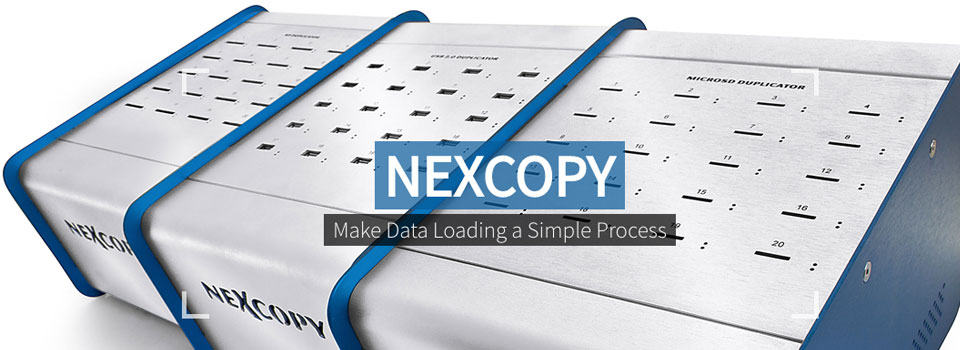
April 2025 David Chu
Unlike traditional gaming consoles and accessories, the digital gaming and USB gaming gear evolution has made gaming more user-friendly. It has also improved game quality with improved sound and communication capabilities.
A lot of the recent improvements can be attributed to how AI is influencing product design, testing, and functionality. Here are 7 ways that AI model generators and embedded AI features are revolutionizing USB gaming gear.
Contents
Smarter, Faster Prototyping
In the world of gaming, speed is everything, and we’re not just talking about the speed required to get ahead in the game.
Gaming companies are always in close competition with their rivals to release the next best thing. The sooner they can do that, the better, and AI is the leading gaming brands’ secret weapon in the race to market domination.
An AI model generator can generate 3D models from simple images and text prompts. It can also texture these models effortlessly, leading to high-quality assets in next to no time. Therefore, AI helps speed up design iterations and testing for smarter, faster prototyping and ultimately, a reduced time to launch.
Customization at Scale
By customizing gaming features, tech companies are appealing to even wider audiences and keeping loyal customers engaged. And AI helps them do this by offering customization at scale.
AI-powered gaming peripherals are accessories designed to learn and adapt so that they can enhance the user’s gaming experience. These intelligent gaming devices include keyboards, mice, and headsets.
The AI-enabled gaming peripherals can analyse each player’s behaviour and adjust their performance to offer a better gaming experience in real-time. This personalized approach to gaming gives these gamers and the gaming tech companies they rely on the competitive edge.
Predictive Design Trends
How do the top gaming tech companies stay one step ahead of the rest? They know what their fanbase wants. And AI is a big part of it. AI is not only enhancing the enjoyment of the game, but it’s also predicting how it’s played.
Thanks to complementary technologies like machine learning, AI can assess user preferences to determine current user habits and even predict future potential gaming trends.
When USB gaming gear incorporates these technologies to produce what gamers want, it takes mobile and PC gaming to new levels. But more importantly, it allows gaming companies to stay relevant and offer new games and gaming essentials based on gamers’ needs, without intensive market research.
Accelerating Product Testing
AI model generators cut down on the time and especially the effort needed for prototyping. Meanwhile, AI simulations reduce physical testing times and bug detection, while improving overall product reliability. This is why AI is being increasingly used in gaming peripherals design and testing.
It doesn’t just accelerate the product testing process. It also refines the entire process, leading to more efficient testing methods and bug fixes in the future.
Sustainability and Material Efficiency
One of the lesser-known uses of AI in gaming is its support of sustainability. Yes, you read that right. AI is now playing an increasing role in enhancing sustainability for tech companies! It facilitates easier corporate sustainability planning and also streamlines monitoring and reporting.
AI models can detect inefficiencies that would otherwise go unnoticed, and also identify eco-friendly and efficient alternative materials. So, gamers can relax in the knowledge that their gaming habits align with ecological trends, too.
Optimizing Ergonomics and Performance
Although gaming can be a lot of fun, prolonged video gaming sessions can lead to physical discomfort. Full-time gamers often complain of pain in the hands and wrists, eye strain, and even backache.
Standing desks promote better circulation, and blue light filtering glasses can reduce eye strain. But for the most comfort while gaming, users need ergonomic gaming accessories.
AI enhances ergonomics for healthy, comfortable computing. An example is a gaming chair with AI sensors AI-driven sensors for detecting spinal alignment. It can modify its functionality based on data analysis, offering improved lumbar support as needed, and promoting optimal posture.
Enhancing User Experience with AI-Driven Features
The user experience is about more than just functionality and even goes beyond comfort.
Features like adaptive lighting, touch sensitivity, etc, all play a role in the overall gaming experience. By learning what appeals most to users at different stages of the game, AI can personalize each session for higher levels of enjoyment and immersion in the game.
Conclusion
As more and more gamers turn to professional gaming and streaming, the need for better gaming peripherals is high.
It’s no longer a question of whether we need AI in gaming gear design, but how to get the most from it. With AI modeling, machine learning, predictive analytics, and other AI features, the future of gaming seems bright.
Nexcopy manufactures a variety of PC-based and standalone USB duplicator solutions.
PC based systems support advanced USB functions such as write protection, CD-ROM partition and multi-partition creation, while standalone systems are ultra-fast, high speed USB copiers duplicating gigabytes of data quickly and accurately.

